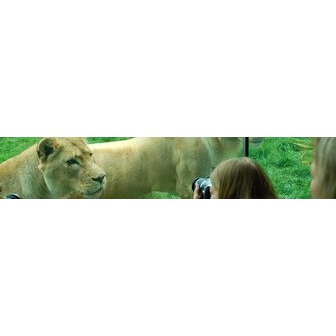Philadelphia Zoo





The Philadelphia Zoo's 42-acre Victorian garden is home to more than 1,300 animals, many of them rare and endangered. The Zoo, fulfilling its mission of conservation, science, education and recreation, supports and engages in conservation efforts to protect endangered species around the world. Cheetahs, hippos, giraffes and much more make the Zoo Philadelphia's leading family attraction with over 1.2 million visitors last year.
Like many other Philadelphia landmarks and institutions, the Philadelphia Zoo is an American first. The charter establishing the Zoological Society of Philadelphia was approved and signed on March 21, 1859. Due to the Civil War, however, it was another 15 years before America's first zoo was ready to open.
The Zoo opened its gates on July 1, 1874. The Frank Furness Victorian gates and gatehouses, and the Zoo's location, are the same today as they were on the day it opened. One of its assets, then and now, is John Penn's home, The Solitude, which sat on the land chosen for the Zoo. John Penn was the grandson of William Penn, founder of Pennsylvania. The Solitude is considered to be Philadelphia's most precise and elegant expression of neoclassical style.
On opening day, flags flew, and a brass band welcomed more than 3,000 visitors. Admission was 25 cents for adults and 10 cents for children, a rate that held for the next half century. Visitors came on foot, on streetcars, by horse and carriage, and every 15 minutes by steamboat on the Schuylkill River, landing at the Zoo's own wharf. The Girard Avenue Bridge opened three days later.
Since the early 1700's, the idea of an American zoo was inspired by English settlers with a keen interest in wildlife and by sailors and hunters who returned from faraway lands with exotic animals they'd never seen before. People would gather and pay shillings to see animals such as lions and elephants displayed at places like general stores and museums. As a hub of scientific inquiry and discovery over many years, Philadelphia's well-known leaders of the time began to formulate the idea of a zoo. In the mid-1850's, a prominent Philadelphia physician, Dr. William Camac-the Zoo's founding father-became involved and led the way to making America's first zoo a reality.
In its first year of operation, the Philadelphia Zoo had 813 animals and received well over 228,000 visitors. Today, the Zoo has more than 1,300 rare and endangered animals, and its attendance is approximately 1.1 million visitors a year.
Explore Related Categories








